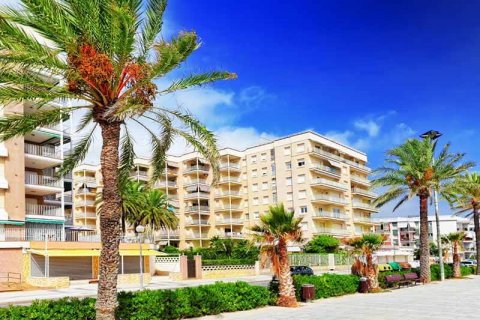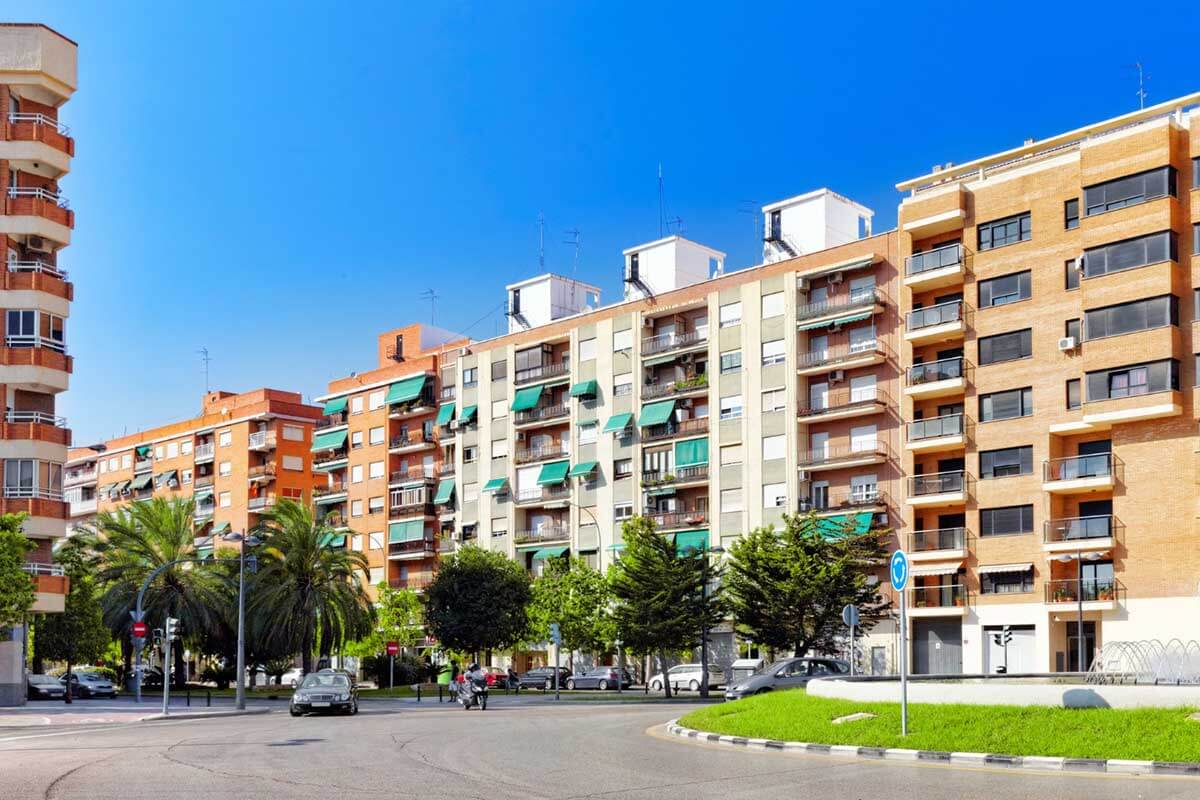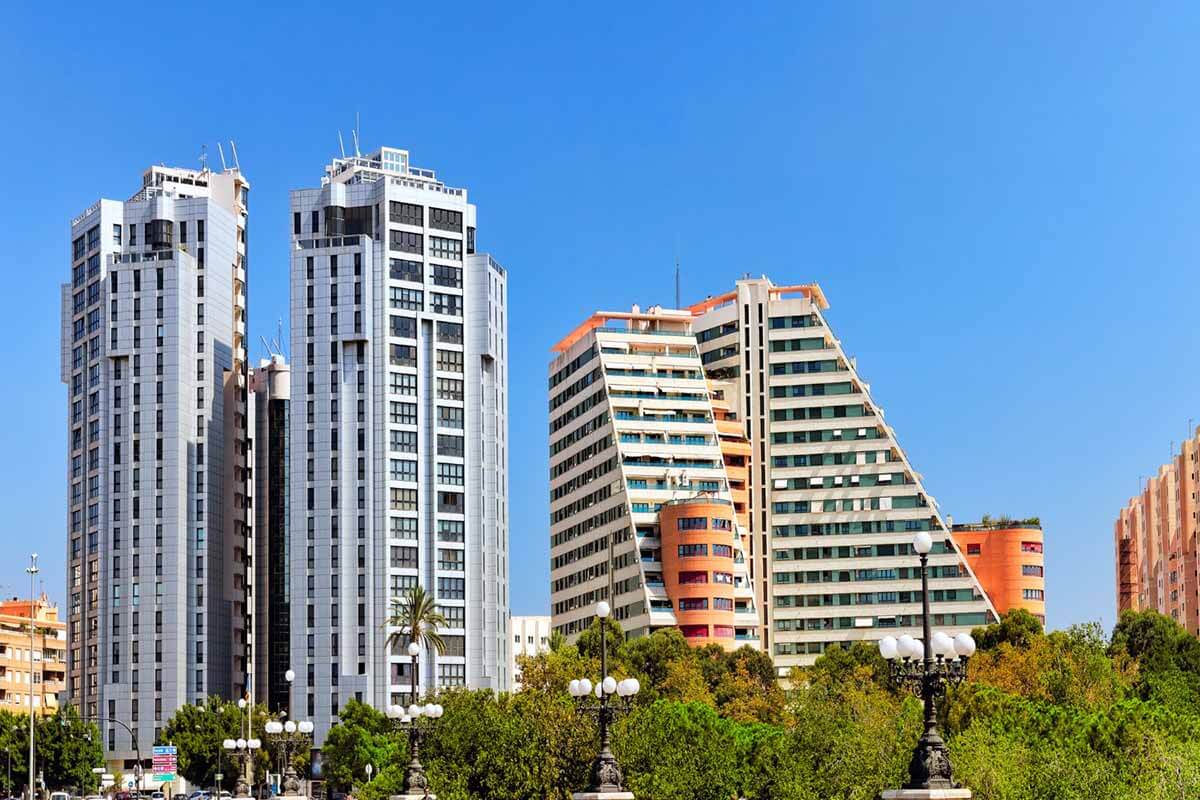
Taxes are an important part of public and state life. Different countries have their own rules for tax collection which are regulated by local legislation. In this article, we provide answers to the main questions concerning real estate taxes in Italy and Spain.
Contents:
- Taxes for Italian residents who have real estate abroad
- Sale of foreign real estate
- What taxes do non-residents need to pay for real estate in Spain?
- Our assistance in buying real estate in Spain
Taxes for Italian residents who have real estate abroad
Being a resident of the Russian Federation means paying income taxes in both Italy and abroad. Residents are persons who live in the country for at least 183 days a year.
The main Italian real estate taxes are for:
- Income from the real estate rent;
- Income from the sale of foreign property;
- Income when entering into inheritance rights;
- Income received from the difference in mortgage interest rates.

Rental income tax
If the owner of foreign real estate is an individual, all income received from the ownership of real estate is taxed at 13%.
If the owner of foreign real estate is a legal entity:
According to Italian laws, a foreign company that owns real estate can be recognized as controlled and include profits in the tax return.
Italian legislation allows you to purchase real estate using loans. If the loan rate is below 9%, you will have to pay taxes on material benefits.
Inheritance tax
In Italy, tax is not levied on heirs. You only have to comply with one condition: do not sell the property before 3 years from the date of inheritance. This law is found abroad but not in all countries. Its amount may exceed half the value of the property.
Agreement on the Elimination of Double Taxation
Italy and 80 other countries have signed an agreement on the elimination of double taxation. If this contract exists, the tax already paid in one country is taken into account in another. There is such an agreement between Italy and Spain and only the difference in taxes is paid.
Tax on income received from the difference in mortgage interest rates
Tax on income from the difference in interest rates is less profitable. This is often lower abroad than in Italy. At the same time, you have to pay the difference in percentages multiplied by the value of the property.
Sale of foreign real estate
According to the migration program, you can sell foreign real estate after 5 years of ownership. If the ownership period is less than 5 years, you will need to pay 13% according to Italy’s tax code.
The country where the property is will have its own terms of purchase taxes and sale transactions. Like rental income tax, sales tax in Italy can be part of the elimination of double taxation.

What personal income tax should residents and non-residents pay when selling real estate?
| Tax resident of Italy | Tax non-resident of Italy | |
|---|---|---|
| Sale before the expiration of the minimum period | 13% | 30% |
| Sale after a minimum period of ownership | 0% | 0% |
How can you prove that you are an Italian tax resident?
You can contact the Russian tax inspectorate to request a document confirming (or denying) your status as a tax resident in Italy. The Italian tax authorities often ignore these requests. However, since July 1, 2017, they are obliged to respond.
There is an official form to submit a request for confirmation of your tax situation.
What taxes do non-residents need to pay for real estate in Spain?
Property tax (IBI)
This is charged in the country where the property is. Local legislation regulates the amount and payment procedure. This is a municipal tax (from the city council where the housing is), more commonly known as a «fee». It is calculated according to the cadastral value of the property. In Italy, the tax for real estate abroad is not paid.
Income tax for non-residents (IRNR)
This tax must be paid by the owner of the Spanish property living abroad. Depending on the destination, the fee is charged differently.
-
Urban real estate for personal use.
Like tax residents in Spain, the owner of a non-rented urban property must declare the collection of property rent.
The tax value of this obligation is minimal but mandatory.
The declared yield will be the amount received after adding 2% of the cadastral value of the property (1.1% during modernization) and a pledge rate of 24% (19% for residents of the European Union and the European Economic Area).
Income declaration is made during the entire calendar year following accrual. The date is December 31 according to Form 210 «Income tax of non-residents who do not have a permanent representative office».
How is the fee calculated?
Ms. Violetta, who lives in Venice (Italy), has an apartment in Ibiza where she spends her summer holidays. The updated cadastral value of the apartment is EUR 42,000.
Ms. Violetta's Tax Return (Form 210) Cadastral apartment value EUR 42,000 Tax base (EUR 42,000 x 1.1%) EUR 462 Tax fee (EUR 462 x 19%) EUR 87,78 (fee payable for owning an apartment in Spain) -
Real estate rented to individuals.
In this case, the declared yield will be the full amount charged to the renter without deducting any expenses (for example, interest on a loan requested to purchase real estate, repair and maintenance costs, real estate tax, utility costs, depreciation, etc.), except for residents of the European Union or the European Economic Area. This income will be taxed at 24% (19% for residents of the European Union and the European Economic Area).
Since the property is rented to a private person, Form 210 of the «Income tax of non-residents without permanent representation» will be applied. The deadline for submission and receipt are the first 20 calendar days of April, July, October and January in relation to the rent. This accrual date is indicated in the previous calendar quarter.
How is the fee calculated?
Mr. Federico, who lives in the United States, has a house in Segovia that he rents to Mr. Pablo annually. Mr. Pablo pays monthly rent of EUR 600.
Mr. Federico's Tax Return (Form 210) Tax base (EUR 600 x 12%) EUR 7,200 Tax fee (EUR 7,200 x 24%) EUR 1,728 (Mr. Federico's annual fee) Mr. Federico must submit Form 210 every quarter. In total, this will be 4 declarations per year. Each must include 3-month rent so the amount payable for each quarter is EUR 432.
If a non-resident owner decides to transfer property in the future, he will have to pay taxes within 3 months from the end of the period during which the property owner must pay a 3% deduction. As a rule, the profit will be determined by the difference between the acquisition and transfer costs. The tax rate is 19%.
The buyer provides the non-resident seller with a copy of Form 211. If the amount withheld exceeds the amount to be paid, a refund of the excess can be received.
Property tax in Spain (IP)
Even if the owner does not have a permanent residence in Spain, he will pay property tax.
In accordance with the current rules, this tax is calculated on December 31st each year. However, according to the state standard, the minimum non-taxable amount is EUR 700,000. This is also applicable to non-residents.
The declaration is made using Form 714.

Our assistance in buying real estate in Spain
Our experienced real estate agents will help you choose the best option to meet your goals and preferences. We will also arrange the paperwork, provide legal support and make sure that buying a home in Spain is simple. Check out our latest offers today on Spain-Real.Estate!
